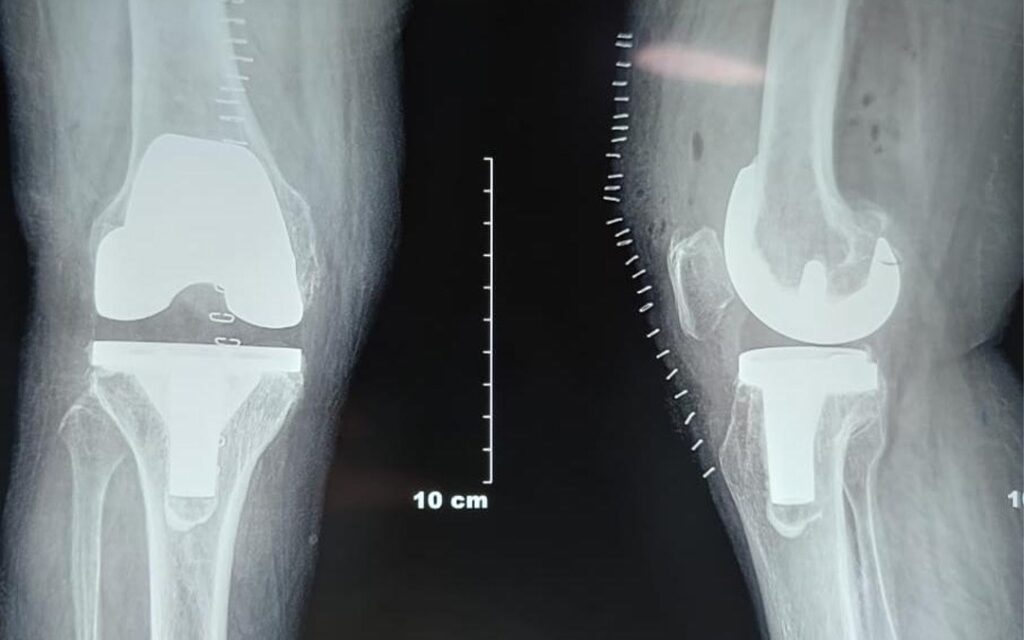Dr. Kapil Saoji at Step Ahead Clinic is a renowned knee replacement surgeon in baner and a true expert in his field. With a wealth of experience and a commitment to excellence, Dr. Saoji has become a trusted name in knee care. His clinic, the Knee Expert Clinic in baner, is a hub of advanced treatments and personalized care for individuals suffering from knee-related issues. Dr. Saoji's dedication to improving the quality of life for his patients shines through in his meticulous approach to diagnosis and state-of-the-art knee replacement procedures.
Can You Explain Total Knee Replacement Procedure?
Total knee replacement surgery, also known as total knee arthroplasty, is a medical procedure performed to alleviate pain, correct deformity, and restore normal functioning in a severely damaged knee joint. This process involves several key steps:
Preparation of the Bone:
The damaged cartilage and a portion of the underlying bone at the ends of the femur (thigh bone) and tibia (shin bone) are meticulously removed. This is done to eliminate the sources of pain and facilitate the placement of artificial components.
Implant Placement:
Metal components, resembling the natural joint surfaces, are positioned to replace the removed cartilage and bone. These metal parts can either be cemented securely into place or fitted using a press-fit technique, promoting stability and longevity.
Patella Resurfacing (Optional):
In some cases, the undersurface of the patella (kneecap) may be resurfaced with a plastic button. This decision is made based on the surgeon's judgment and the individual patient's condition.
Spacer Insertion:
A medical-grade plastic spacer is inserted between the metal components. This plastic spacer serves as a cushion, creating a smooth gliding surface within the joint. It reduces friction between the metal parts and contributes to the joint's improved mobility.
What is Partial Knee Replacement Procedure?
Partial knee replacement, also known as unicompartmental knee arthroplasty, is performed when only one compartment of the knee joint is severely damaged. After years of debilitating knee pain, people found relief and regained her mobility through a knee replacement surgery. The procedure is less invasive than total knee replacement and involves the following stages:
Isolation of Affected Area:
The surgeon identifies the specific compartment of the knee that is damaged. Unlike total knee replacement, which involves the entire joint, partial knee replacement targets only the affected area.
Cartilage and Bone Preparation:
The damaged cartilage and a small portion of the corresponding underlying bone are meticulously removed from the compromised compartment. This selective removal preserves the healthy portions of the joint.
Implant Placement:
Similar to total knee replacement, the removed cartilage and bone are substituted with metal components that replicate the natural joint surfaces. These metal parts are secured either by cementing or using a press-fit technique.
Spacer Insertion:
A plastic spacer, usually made of medical-grade material, is placed between the implanted metal components. This spacer facilitates smooth movement, reduces friction, and contributes to the restored functionality of the partial knee joint.



